Part Five of a five-part series on Bob Kerrey’s tenure as president of The New School.
On April 10, 2009, nearly 100 people stood at the street corners around the 65 Fifth Ave. building, watching a young man on the roof overlooking 13th Street. He shouted through a crackling megaphone to demand that President Bob Kerrey resign and that everyone stop participating in global capitalism. Police massed below in columns, like Roman soldiers.
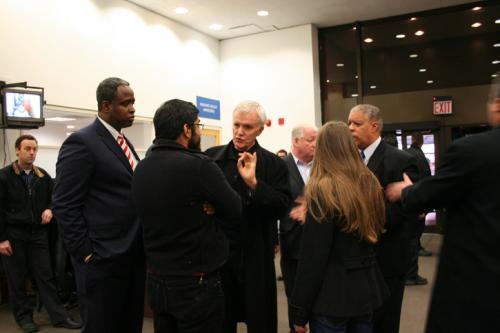
By the end of the day, the NYPD had arrested 22 students for their involvement in the protests. Nineteen students associated with The New School in Exile, an agitprop student group that sought Kerrey’s ouster, had illegally broken into the building around 5:45 a.m., when a student hid in the building during operating hours to let others in later. Three others were arrested for participating in solidarity protests outside the building. When police delivered the students to Central Booking, one was bleeding from the head.
The day marked a culmination of months of animosity toward Kerrey and was the most serious challenge to his leadership since taking office. In the months leading to the arrests, faculty and students condemned Kerrey and his administration in series of no confidence votes and high-profile protests.
After the events of April 10, the university community accused Kerrey of overreacting by authorizing police to end the demonstration. Many thought he should have negotiated with the students. Kerrey maintained that he warned the protesters that if they broke the law again, he would treat them as criminals.
“This is not a university situation, this is an NYPD situation,” Kerrey told the Free Press that morning. “The students broke [into] and entered into the building.”
“I cannot consider them students at this point,” Kerrey added.
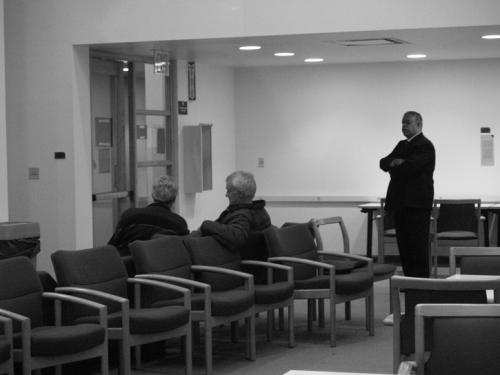
The reactions to the events that day were mixed. Many felt equally angered by the protesters. Jim Miller, then the co-chair of the faculty senate, criticized both the police and students. “It is hard to see how our core values were served by the extraordinary scale of the police action,” wrote Miller in an April 12, 2009 email to the Free Press, “or by several documented incidents which suggest that individual officers may have used excessive force against some protesters, bystanders and videographers.”
“I believe we also have an obligation to renounce more publicly, and firmly, the recent acts of vandalism and threats of violence against President Kerrey and his family,” Miller added. “For such threats – renewed by some protesters in recent days – also violate core values of our community.”
Faculty were outraged at Kerrey’s seemingly harsh tactics against students and accused the students of disrespecting their university. Students continued to fight for Kerrey’s resignation and felt alienated by the faculty. Administrators frantically tried to shore up support for Kerrey, mitigate the public relations nightmare the protests were causing, and manage the multiple security concerns that were erupting throughout the campus. The university was fractured.
On December 8, 2008, Kerrey sent a mass email to the New School community to announce the sudden departure of Joseph Westphal as provost. The emailed memorandum said that Westphal was called to Washington to serve on then-President-elect Barack Obama’s transition team. Westphal was the former Chancellor of the University of Maine system and is currently the Under Secretary of the Army. Kerrey noted that Westphal’s time with the transition committee was supposed to last only two weeks, but was required to stay longer. “His work will require that he spend significant time in Washington,” Kerrey wrote. “As such, we have agreed that he cannot do both this historic mission and devote the time necessary to the provost’s office.”
The news shocked the community. Westphal had only served one semester as provost. He was already the fourth provost in five years. Arjun Appadurai, a renowned scholar, resigned from the position in 2006 after a high-profile spat with Kerrey. Most had thought this relationship would be more amicable and Westphal would be able to provide the university the academic continuity it had so lacked for so long. Kerrey denied that any professional or personal conflicts lead to the resignation.
Faculty fumed. The New School for Social Research, which had long had a contentious relationship with Kerrey, was pushed over the edge. This was the last and most visible indication that Kerrey had little respect for the academy and its culture.
Kerrey quickly backtracked on his decision, but the damage was done. NSSR became a hotbed of anti-Kerrey sentiment. The main student organizers of NSIE would come from the fluorescent halls of NSSR’s politics department. Jim Miller, the co-chair of the faculty senate and liberal studies chair at NSSR, helped organize the faculty around condemning Kerrey. He had long been a critic of Kerrey’s administration, now he seized the opportunity to take more decisive action.
“When Westphal was fired, there was a lot of us, most of the university, that [said] this was the final straw,” Miller said in a February 9, 2009 issue of the Free Press.
On December 10, 2008, just two days after Westphal resigned, Miller, along with his co-chair David Howell, called an emergency meeting of The New School’s senior faculty. Seventy-nine faculty filed into a cramped conference room on the fifth floor of 80 Fifth Ave., emerging hours later having passed the most viable threat to Kerrey’s presidency: a 74 to two no confidence vote.
The language of the resolution cut to the core of what the faculty saw as the primary problems with Kerrey’s leadership. They condemned him for “the constant turnover of provosts” and Kerrey’s “unilateral, impulsive, and sometimes secret decision-making, concentrating power in the hands of the president and executive vice president, without due deliberation or proper consultation with deans and faculty.”
The board of trustees did their best to mitigate the damage, but it was done. The New York Times printed an article the next day titled “Senior Faculty Votes No Confidence in Kerrey.” Two days later, Kerrey rescinded his position as provost.
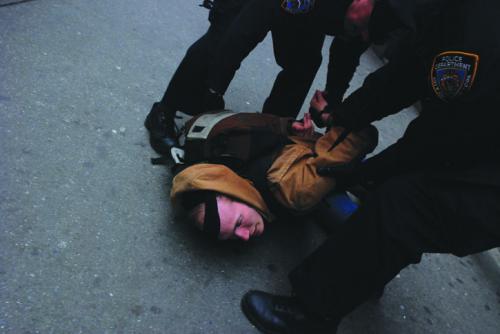
On December 16, a group of about 80 student activists met to discuss how they would react to the faculty’s no-confidence vote. The students were deeply concerned with what they saw as the marginalization of academics under Kerrey’s leadership. Those at the meeting said that NSSR students took a lead role. According to a New School published report about the April 10 protests, it was during this meeting that the name “New School in Exile” was officially coined. It was a loose association of activist groups and politically minded students.
The New School has had many activist groups in its long history, but what distinguished NSIE was its aggressiveness. During the December 16 meeting, some NSSR students suggested that they show solidarity with the faculty through an even more militant action. Someone floated the idea of a staging a large-scale sit in to shut down a building. The Radical Student Union, an offshoot of Students for a Democratic Society, was wary, but when the proposal was put to a vote, it passed handily.
The next day, some 30 students walked into the large cafeteria in the old 65 Fifth Ave. building and unfurled massive, hand-painted banners that read, “New School University is Now Occupied.” For the first night, the protest was pacific but by day two, tensions within the group were waring thin. More and more students came to participate, but police arrived in equal measure. Students agreed to negotiate with administrators in order to end the occupation.
At around 6:30 p.m. on December 18, the protesters began the tedious and stressful negotiation process. It took them hours to agree upon a set of demands which they then took to the administration’s negotiators. Among the demands for increased administrative transparency, more study space, socially responsible investment policies, the students fought to oust both Kerrey and his vice president Jim Murtha.
At around 11:30 p.m. Kerrey visited the scene. The students voted to negotiate with his proxy, Bill Hirst, a NSSR psychology professor. He watched as about a hundred students, sweaty from their long stay, batted their shoes against the glass wall of the cafeteria, shouting at him. When he left a half hour later, a swarm of students surrounded him. New School security guards ushered him to his residence a few blocks away. The protesters began shouting at him, hurling old insults, denouncing him as a “war criminal.” Eventually, Kerrey, who lost his right leg during the Vietnam War when a grenade detonated beside it, was forced to run back to his residence.
The administration agreed to many of the protesters demands, but for the resignations. By 3:15 a.m. on December 19, the students left the building and dispersed.
On February 1, 2009, students renewed their campaign to oust Kerrey. About 25 NSIE affiliated students met in the lower level of the 6 E. 16 St. building to discuss how they plan to reboot their campaign to oust Kerrey. Most had participated in the first occupation and felt that it was too mild to be at all effective. By the end of the meeting, the group had decided to pursue an even more radical action that would dwarf the first occupation.
They said that they would effectively shut down The New School on April 1 if Kerrey and Murtha still refuse to resign. “We will occupy everything,” said Jacob Blumenfeld, a NSSR student who led the meeting. “We will change social relations with students. We will leave presidents and vice presidents in our wake.”
In the months leading up to April 1, NSIE staged several actions both innocuous and reckless, but all aimed at rallying support for their campaign. They hosted several teach-ins, informal seminars held in public places, to tell others why they opposed Kerrey so vehemently. These efforts to rally support were ultimately undermined by their more radical approaches which alienated the largely indifferent student body. When the *Free Press* printed an article on February 10 announcing the group’s plan to shut down the university, at least three students associated with NSIE stole thousands of issues of the paper and dumped them in trash cans along Sixth Avenue and 14th Street. Then, on March 12, Blumenfeld spray-painted the words “Bye Bob” on the door of Kerrey’s home on 11th Street. He was with two others who managed to ride away on bikes before Blumenfeld was apprehended by police.
Kerrey still refused to resign. April 1 came and went without incident. Some students held a teach-in in the 66 W. 12 St. lobby, but the university continued to function without disruption.
On April 10, all the tension that had been building up since December 2008 finally erupted. Students were injured. Faculty were outraged. And the higher administration was frantically trying to manage a university in upheaval.
The reaction to the days events was brutal. But as people condemned Kerrey, the police and the radical students, most also realized that no one really understood what had happened that day. Students denounced the overwhelming police force and held several raucous demonstrations that resulted in several more arrests. Faculty joined with the board of trustees to being an exhaustive inquiry process. It was a moment of intense reflection for the entire university.
For Kerrey, enough was enough. Finally, on May 6, 2009, Kerrey announced that he would leave at the end of his second term in July 2011 after having served ten years as The New School’s president. He stepped down early on January 1, 2011 as David Van Zandt, the former dean of Northwestern’s law school, succeeded him. Kerrey said that his decision was not swayed by the protests, but would say that he had grown weary as president. “I’m very happy to have done it,” he recently told the Free Press. “I’m not bittered by the experience or wish I had done something else.

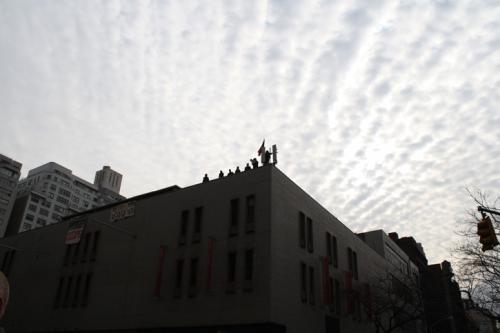
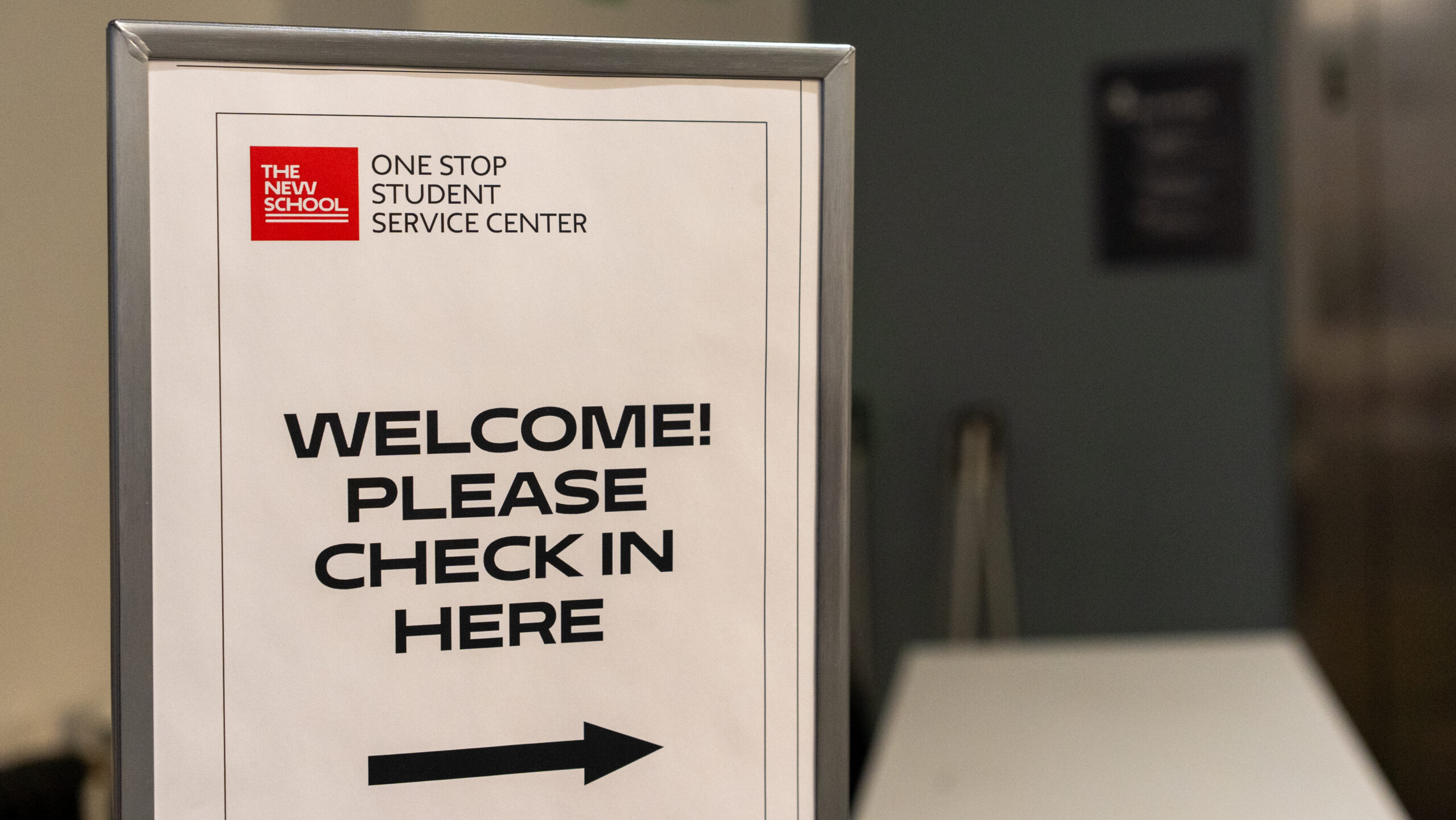
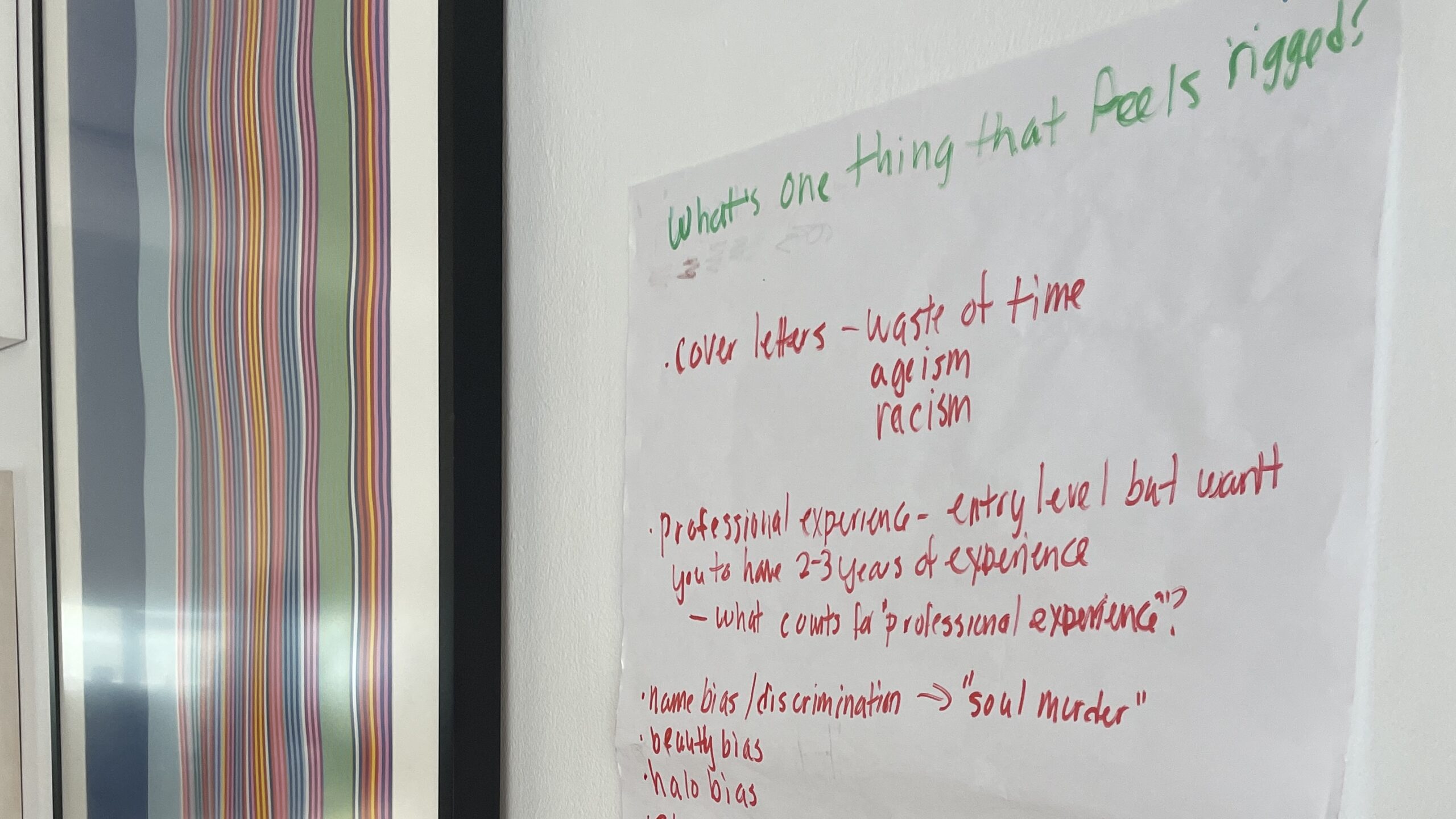
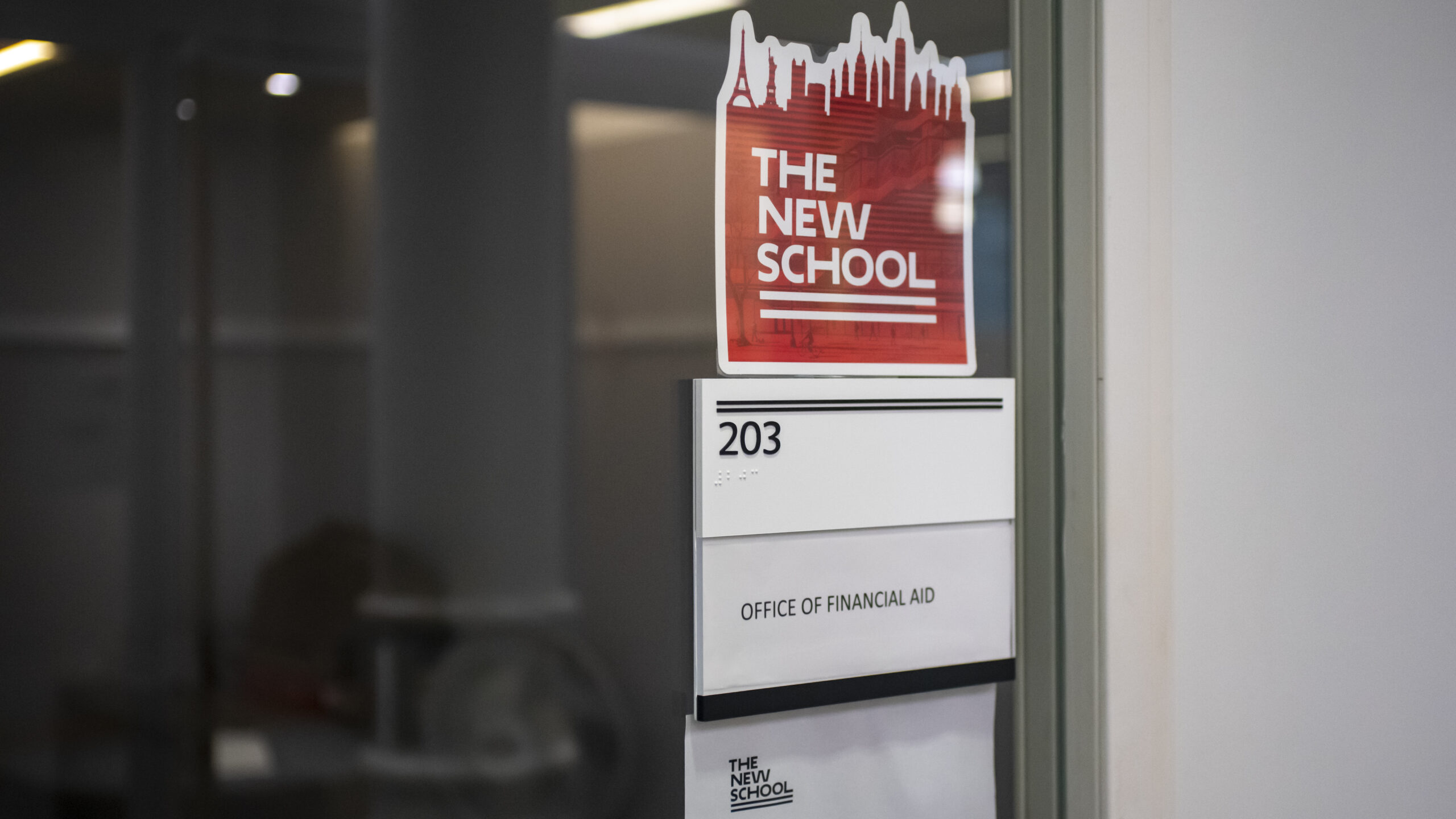
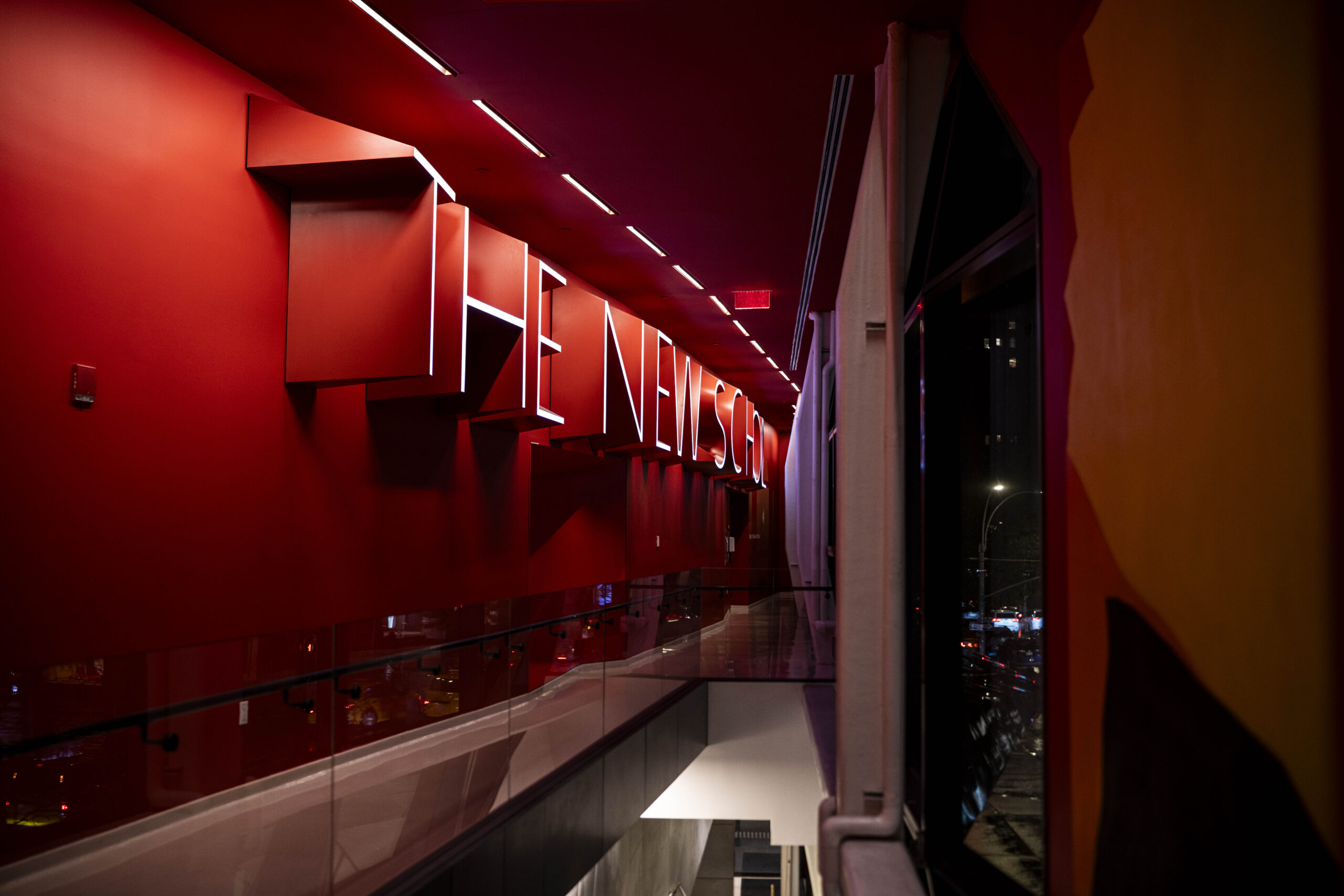
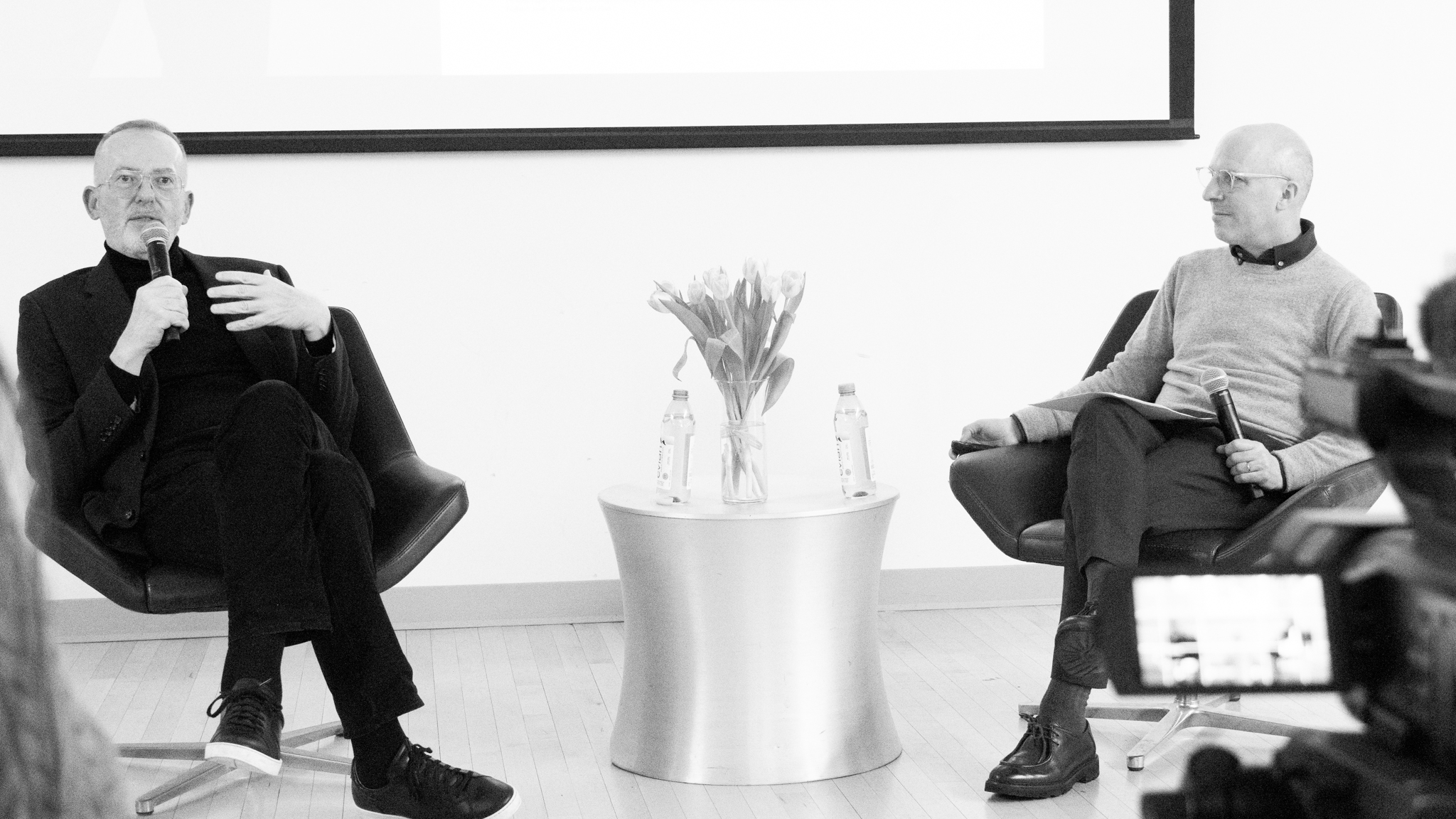

Leave a Reply